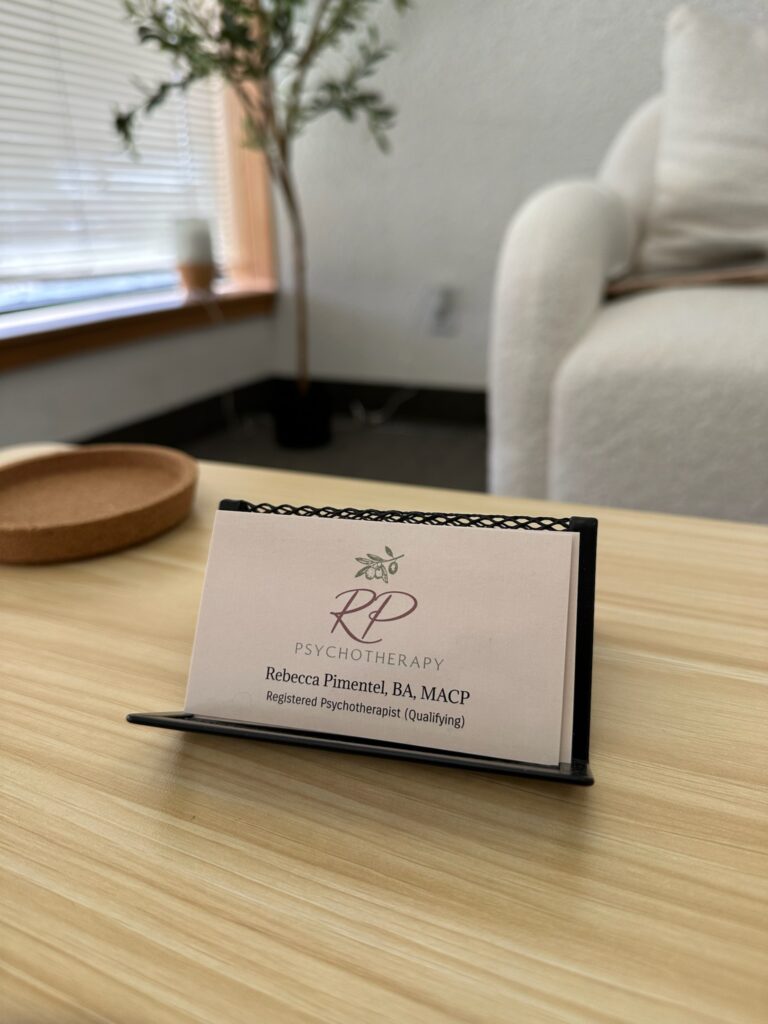Warning & How to Stay Calm During a Heat Warning
Warning! Learn how to stay calm and safe under a heat warning. Discover proven heat‑safety tips, mental resilience, cooling strategies, and hydration hacks.

When a heat warning strikes, it’s not just the temperature that matters—your well‑being and peace of mind do too. Facing extreme heat triggers physical risk and emotional stress. This complete guide shows you how to stay calm, cool, prepared, and safe during prolonged heat waves and alerts. We’ll explore practical cooling strategies, hydration protocols, mental‑health tools, and urgent warning‑sign recognition. Let’s dive into the tips that combine safety, comfort, and mindful calm when the mercury climbs.
1. What Is a Heat Warning?
A heat warning is issued by official weather agencies when forecasted temperatures or humid heat indexes could pose serious health risks. These warnings often come ahead of time to alert the public about potential heat exhaustion, heatstroke, and other heat‑related hazards. Understanding what a heat warning means can empower you to act swiftly.
Why the Heat Warning Matters
- Designed to prevent heat‑induced illnesses.
- Alerts vulnerable groups (elderly, children, people with chronic conditions).
- Encourages proactive cooling, hydration, and emotional preparedness.
2. The Physical & Emotional Risks of Extreme Heat
Extreme heat doesn’t just raise your body temperature—it can increase stress, fatigue, and emotional instability.
Physical Hazards
- Heat exhaustion: dizziness, nausea, heavy sweating.
- Heatstroke: confusion, rapid heartbeat, fainting.
- Dehydration: decreased coordination, dry mouth, dark urine.
Emotional & Psychological Effects
- Increased irritability and anxiety.
- Feeling claustrophobic in hot, humid rooms.
- Sleep disruptions, leading to mental fatigue.
3. How to Stay Calm: Mindfulness & Emotion Regulation
Feeling overwhelmed during a heat warning is natural, but you can regain control with mental resilience techniques.
Deep Breathing & Grounding
- Try the 4‑4‑4 breathing exercise: inhale 4 seconds, hold 4, exhale 4.
- Grounding tools: focus on “5 things you see, 4 things you feel…” to bring attention back to your body, not the heat.
Progressive Muscle Relaxation
- Tense and release major muscle groups, from toes to shoulders.
- Helps reduce tension, encourage cooler circulation, and lower heart rate.
Guided Imagery & Visualization
- Visualize a cool breeze, a mountain stream, or a shade‑filled forest.
- Use audio apps or calming nature sounds.
Schedule Mini‑Breaks & Calm Moments
- Step away from stressful tasks.
- Take a 10‑minute rest in the coolest space, with cold water nearby.
4. Hydration Habits: How to Drink Smart Under Heat Warnings
Hydration is your first defense. But not all fluids are equal when heat warning signs appear.
Drink Early & Often
- Sip water every 15–20 minutes, even if thirst is mild.
- Aim for at least 2–3 liters per day, more if active or sweating heavily.
Replenish Electrolytes
- Use low‑sugar electrolyte powders, coconut water, or lightly salted water.
- Avoid high‑caffeine, sugary sodas, or alcohol—they dehydrate more.
Temperature Matters
- Room‑temperature water is often more effective than iced (which might trigger shivering).
- Cold compresses on wrists or neck help regulate your core temperature.
5. Cooling Strategies for Home & Outings
At Home
- Close curtains or blinds during the hottest hours (usually 10 AM–4 PM).
- Use fans or cross‑ventilation; put a bowl of ice in front of a fan.
- Switch to light‑colored, breathable bedding.
- Pick the lowest level of your home, which is often cooler.
When Outdoors
- Avoid being outside between peak heat hours.
- Wear light‑colored, loose clothing and a sunhat or UV umbrella.
- Carry a folding fan, cooling towel, and a water bottle.
- Seek shade, rest often, and avoid prolonged activity.
At Work or School
- Keep a reusable water bottle at your desk.
- Ask if room temperature can be reduced; use cooling mats or desk fans.
- Take hourly breaks in a cool area.
6. Early Heat Warning Signs of Heat‑Related Illness
Knowing when to act could save a life. Recognize these symptoms early:
Heat Exhaustion
- Profuse sweating, cold/pale skin, dizziness.
- Weakness, rapid pulse, nausea or vomiting.
Heatstroke (Emergency)
- Hot, dry skin, strong rapid pulse.
- Confusion, fainting, seizures, non‑responsive.
Immediate Response
- Move to shade or an air‑conditioned area.
- Begin cool compresses (e.g. damp cloth to the forehead, back, wrists).
- Offer water or electrolytes if conscious.
- Call emergency services if mental status changes, or no improvement within minutes.
7. Build a “Cool‑Kit” to Reduce Panic

Create a “cool‑kit” to stay calm and respond fast when a heat warning is announced.
Must‑haves:
- Water bottles (packaged or reusable).
- Electrolyte packets.
- Cooling towel or microfiber towel moistened in cold water.
- Portable fan or battery‑powered mist sprayer.
- Light snacks (like fruit or crackers).
- Sunhat, UV sunglasses, sunscreen SPF 30+.
Keep it accessible, like near your front door or in your vehicle.
8. Tips to Look After Vulnerable People
Elderly, Infants, People with Chronic Illness
They have less ability to regulate body temperature.
What to do during a heat warning:
- Ensure they’re checking in at least twice daily.
- Keep their rooms cool; offer fluids proactively.
- Encourage them to rest in the coolest space available.
- Pay attention to their emotional state—heat can cause agitation or confusion.
Pets
- Never leave animals in parked cars.
- Provide shade, fresh water, and cooling mats.
Community
- Share the cool-kit idea with neighbors or seniors.
- Join or start a community heat‑check group to help isolated adults.
9. Mental Health & Stress Management During Heat Waves
Recognize Emotional Triggers
- Sleep loss due to heat causes irritability and emotional fragility.
- Discomfort feeding into anxiety or panic.
Proactive Mental Care
- Meditate or journal early in the morning to set a calm tone.
- Use guided mindfulness apps or low-stim playlists.
- Break the day into short, manageable chunks.
- Connect with someone: talking eases tension.
Professional Support Options
- If feeling persistently overwhelmed, consider tele‑therapy or remote counseling—many services operate even during hot weather.
- Check local helplines or mental health apps if overwhelmed.
10. Frequently Asked Questions (FAQs)
Q1: How long does a heat warning last?
A: It typically covers a multi‑day span—often 2 to 4 consecutive high‑heat days.
Q2: Can I use iced beverages to cool down?
A: Iced drinks can cause mild constriction of blood vessels. Room‑temperature or slightly cold water is often better for sustained cooling.
Q3: What time of day is hottest?
A: Usually between 12 PM and 4 PM, when solar radiation peaks—exact timing may vary by region.
Q4: Are fans enough if there’s no air conditioning?
A: Fans help circulate air, especially with ice bowls, but not if indoor temps exceed 40 °C (104 °F). In extreme heat, seek air‑conditioned public spaces.
Summary
Facing a heat warning doesn’t have to be daunting. With smart hydration, cooling techniques, mental strategies, and preparation, you can stay both physically safe and emotionally calm when the heat spikes. Use the how-to steps, follow early warning signs, and look after those around you. Keep your cooling kit accessible and share tips with family and neighbors. Your mental clarity and physical health matter especially under heat stress. Remember: proactive steps today reduce risk tomorrow. Stay hydrated, stay cool, stay composed.


